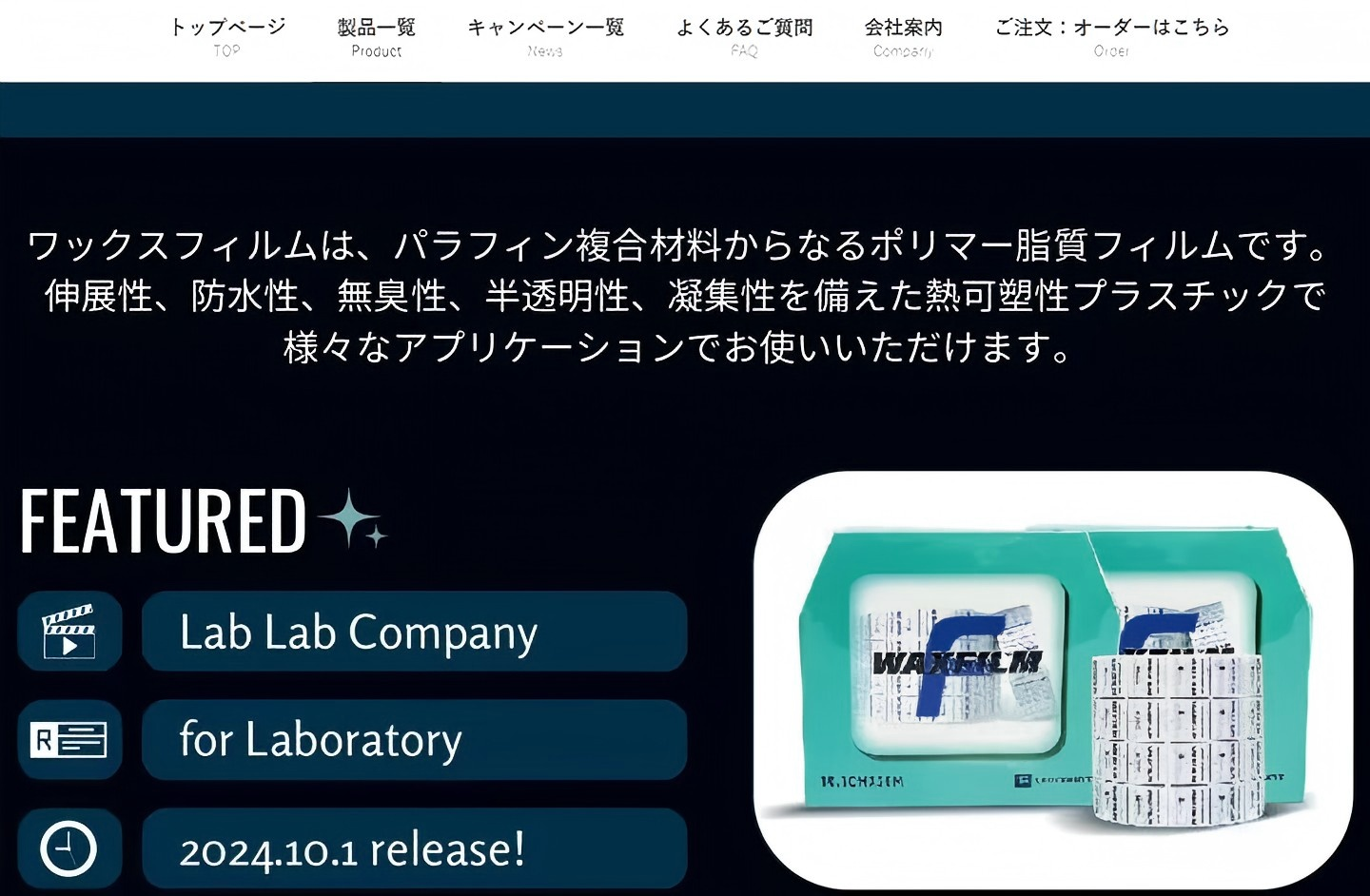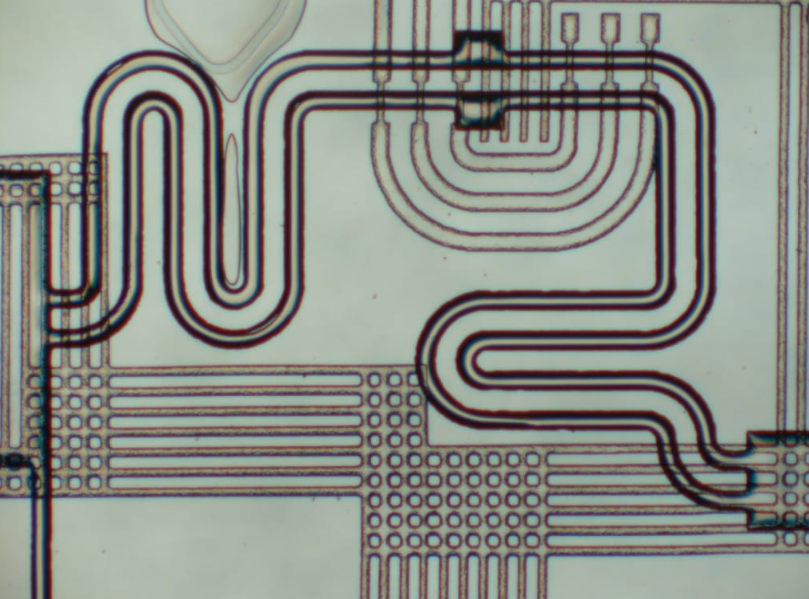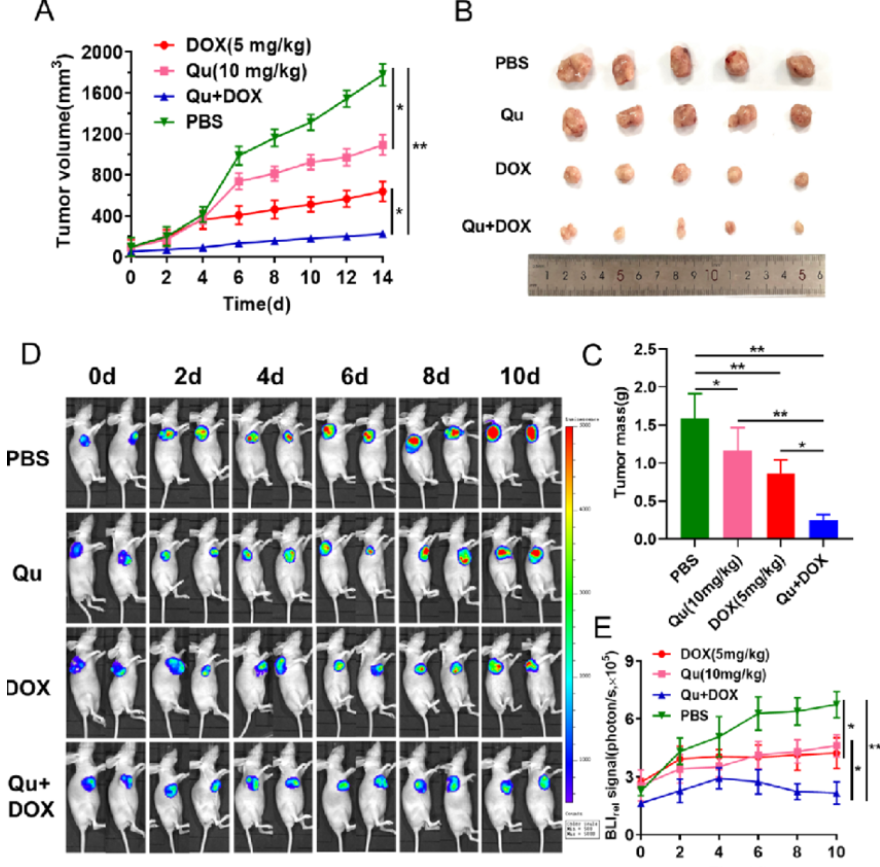
-
丙烯酰胺
NMR and HPLC COA下载 MSDS下载 - Names:
Acrylamide
- CAS号:
79-06-1
MDL Number: MFCD00008032 - MF(分子式): C3H5NO MW(分子量): 71
- EINECS:201-173-7 Reaxys Number:
- Pubchem ID:6579 Brand:BIOFOUNT
| 货品编码 | 规格 | 纯度 | 价格 (¥) | 现价(¥) | 特价(¥) | 库存描述 | 数量 | 总计 (¥) |
|---|---|---|---|---|---|---|---|---|
| LSH54449-1KG | 1KG | 95% | ¥ 3898.00 | ¥ 3898.00 | Backorder | ¥ 0.00 |
| 中文别名 | 丙烯酰胺(79-06-1),2-丙烯酰胺,丙烯酰胺水合液 |
| 英文别名 | Acrylamide(79-06-1),ACRYLAMIDE, 2-Propenamide, prop-2-enamide, Propenamide, Acrylic amide, Acrylic acid amide |
| CAS号 | 79-06-1 |
| Inchi | InChI=1S/C3H5NO/c1-2-3(4)5/h2H,1H2,(H2,4,5) |
| InchiKey | HRPVXLWXLXDGHG-UHFFFAOYSA-N |
| 分子式 Formula | C3H5NO |
| 分子量 Molecular Weight | 71 |
| 溶解度Solubility | H2O: 50 mg/mL at 20 °C, clear, colorless |
| 性状 | Flake-like crystals from benzene |
| 储藏条件 Storage conditions | storage at -4℃ (1-2weeks), longer storage period at -20℃ (1-2years) |
丙烯酰胺是一种无色,无味的结晶酰胺,可快速聚合,在将富含淀粉的食物加热至高温期间会作为副产物形成。丙烯酰胺主要用于水处理行业,纸浆和造纸行业以及纺织品处理行业的聚合物生产中,并用作实验室试剂。该聚合物是无毒的,但是暴露于单体会导致中枢神经系统和周围神经系统受损,从而导致幻觉,嗜睡和手脚麻木。可以合理预期丙烯酰胺是人类致癌物。
丙烯酰胺显示为白色结晶固体,以固体或溶液形式运输。已确认致癌物。皮肤吸收会中毒。比水密度小,易溶于水。食入可能有毒。用于污水和废物处理,用于制造染料,粘合剂。该固体在室温下是稳定的,但是在熔融时可能剧烈聚合。有毒,刺激皮肤,眼睛等。
实验注意事项:
1.实验前需戴好防护眼镜,穿戴防护服和口罩,佩戴手套,避免与皮肤接触。
2.实验过程中如遇到有毒或者刺激性物质及有害物质产生,必要时实验操作需要手套箱内完成以免对实验人员造成伤害
3.实验后产生的废弃物需分类存储,并交于专业生物废气物处理公司处理,以免造成环境污染Experimental considerations:
1. Wear protective glasses, protective clothing and masks, gloves, and avoid contact with the skin during the experiment.
2. The waste generated after the experiment needs to be stored separately, and handed over to a professional biological waste gas treatment company to avoid environmental pollution.
Tag:丙烯酰胺蒸汽压,丙烯酰胺合成,丙烯酰胺标准,丙烯酰胺应用,丙烯酰胺合成,丙烯酰胺沸点,丙烯酰胺闪点,丙烯酰胺用途,丙烯酰胺溶解度,丙烯酰胺价格,丙烯酰胺作用,丙烯酰胺结构式,丙烯酰胺用处
| 产品说明 | 丙烯酰胺(9-06-1)可以在加热时分解,并在高于84°C的温度下聚合,丙烯酰胺暴露在光线下,释放出氨气.丙烯酰胺溶解度,丙烯酰胺MSDS,丙烯酰胺结构式详见主页. |
| Introduction | Acrylamide(丙烯酰胺,79-06-1) may decompose with heat and polymerize at temperatures above 84 °C, or exposure to light, releasing ammonia gas. |
| Application1 | Acrylamide appears as white crystalline solid shipped either as a solid or in solution. A confirmed carcinogen. |
| Application2 | Acrylamide is a colorless, odorless, crystalline solid that can react violently when melted. When it is heated, sharp fumes may be released. |
| Application3 | Acrylamide is used to make polyacrylamide, which is mainly used in treating waste water discharge from water treatment plants and industrial processes. |
| 警示图 | |
| 危险性 | warning |
| 危险性警示 | Not available |
| 安全声明 | H303+H313+H333 |
| 安全防护 | P264+P280+P305+P351+P338+P337+P313 |
| 备注 | 实验过程中防止吸入、食入,做好安全防护 |
| Molecularly Imprinted Polymers for Analytical Chemistry Applications,CHAPTER 3 Molecularly Imprinted Polymers-based Separation and Sensing of Nucleobases, Nucleosides, Nucleotides and Oligonucleotides.P. Favetta, M. G. Ayari, L. A. Agrofoglio, 2018 |
| Pages 65-123The Dictionary of Substances and their Effects (DOSE): A-B (2),A-B compounds.Sharat Gangolli, 1999 , Volume 1 |
| Pages 1-862Mitigating Contamination from Food Processing,CHAPTER 2 Formation, Analysis, Occurrence and Mitigation of Acrylamide Content in Foods.P. ?imko, L. Kolari?, 2020 |
| Pages 17-44Coffee: Production, Quality and Chemistry,CHAPTER 30 Acrylamide.José O. Fernandes, 2019 |
| Pages 679-696The Dictionary of Substances and their Effects (DOSE): T-Z and Index (2),Index of chemical names and synonyms.Sharat Gangolli, 1999 , Volume 7 |
Abstract:The main objectives of this study were to purify the glutathione S-transfereses (GSTs) and assess the effect of high doses of acrylamide (ACR) on male albino Wistar rat liver, kidney, testis and bran GST activities, and expression analysis of GST. ACR (50 mg/300 ml) was ingested for 40 days (20 doses) in drinking water on alternative days, on 40 day post ingestion the control and treated tissues were collected for GST purification by affinity column and biochemical characterization of GSTs by substrate specificities, and GST expression by immuno dot blots. In the analysis of the purified GSTs, we observed that liver GSTs were resolved in to three bands known as Yc, Yb and Ya; kidney GSTs were resolved in to two bands known as Yc and Ya; testis and brain GSTs were resolved as four bands known as Yc, Yb, Yβ and Yδ on 12.5% sodium dodecyl sulfate polyacrylamide gel (SDS PAGE). In the analysis of biochemical characterization, we observed a significant decrease (p < 0.05) in the specific activities of liver GST isoforms with the substrates 1-chloro 2,4-dinitrobenzene (CDNB), bromosulfophthalein (BSP), p-nitrophenyl acetate (pNPA), p-nitrobenzyl chloride (pNBC) and cumene hydroperoxide (CHP), but showed no activity with ethacrynic acid (ECA) and significant decrease (p < 0.05) in the specific activities of kidney GST isoforms with the substrates CDNB, pNPA, pNBC and CHP, but showed no activity with BSP and ECA, and a significant decrease (p < 0.05) in the specific activities of testis and brain GST isoforms with the substrates CDNB, BSP, pNPA, pNBC, ECA and CHP. In the analysis of immuno dot blots, we observed a decreased expression of liver, kidney, testis and brain GSTs. Through the affinity purification and biochemical characterization, we observed a tissue specific distribution of GSTs that is liver GSTs possess Yc, Yb and Ya sub units known as alpha (α) and mu (μ) class GSTs; kidney GSTs possess Yc and Ya sub units known as (α) alpha class GST; testis and brain GSTs possess Yc, Yb, Yβ and Yδ sub units known as alpha (α), mu (μ) and pi (π) class GSTs. Purification studies, biochemical characterization and immuno dot blot analysis were revealed the GSTs were sensitive to high doses of ACR and the high level exposure to ACR cause the damage of detoxification function of GST due to decreased expression and hence lead to cellular dysfunction of vital organs.
2.Detecting Protein Antigens in Sodium Dodecyl Sulfate-Polyacrylamide Gels/PMID 31792140; Cold Spring Harbor protocols 2019 12; 2019(12):/Name matches: sodium dodecyl sulfate polyacrylamide
Abstract:In some cases, a native protein can be isolated in its pure form from cell lysates or tissue preparation using sodium dodecyl sulfate-polyacrylamide gel electrophoresis (SDS-PAGE). Antigens purified this way often induce good antibody responses. After electrophoresis, the band of protein of interest must be located in the gel. A variety of identification methods can be used, all of which are designed to avoid excessive fixation of the protein in the gel matrix. The choice of method depends partly on the abundance of the polypeptide. Three methods are commonly used: (1) staining side strips cut from the edge of the gel, (2) light staining of the gel itself, and (3) locating the band by radioactive labeling of the antigen. Staining strips of the gel cut from its sides avoids the need to fix the gel. When isolating abundant proteins that are well separated from other bands, staining side strips is a useful method. If the protein is not abundant or is located close to a contaminating band making a clean excision difficult, use one of the other staining methods. If the protein is reasonably abundant, then a light staining of the proteins in the gel with Coomassie Blue G will permit localization without fixing. Alternatively, the bands in the gel can be visualized by immersing the gel in sodium acetate or copper chloride. If the protein is radiolabeled with 125I, 32P, or 35S, then use an autoradiogram as a template to excise the band of interest.
3.Preparing Protein Antigens from Sodium Dodecyl Sulfate-Polyacrylamide Gels for Immunization/PMID 31792141; Cold Spring Harbor protocols 2019 12; 2019(12):/Name matches: sodium dodecyl sulfate polyacrylamide
Abstract:Some native proteins can be isolated in pure form from cell lysates or tissue preparation using SDS-polyacrylamide gel electrophoresis (SDS-PAGE). Antigens purified this way often induce good antibody responses. There are many different ways to process a gel fragment containing the protein of interest for injection. Such samples can be processed into small pieces and then injected, either by fragmenting the gel by passing it repeatedly through a syringe, or drying the entire gel slice and grinding it into a powder. Injections using the whole gel fragment should only be used with larger animals such as rabbits. For mice or other small animals, electroelution or electrophoretic transfer of the protein should be used to prepare the protein for injection. In the latter method, the protein is transferred to a suitable membrane, such as nitrocellulose or PVDF. The location of the desired protein is identified by staining, and the protein band is then cut from the surrounding membrane, minced, and dissolved in a small amount of dimethyl sulfoxide before subcutaneous injection into the animal.
- 相关产品
-
< >
- 推荐产品
-
< >
- 最新产品
-
< >
新闻

怎么做细胞爬片免疫组化染色实验
细胞爬片免疫组化染色,是通过细胞爬片是让玻片浸在细胞培养基内,细胞在玻片上生长,主要用于组织学,免疫组织化学...
2020/7/20 22:04:33

提取病毒RNA的实验方法
提取病毒RNA方法分别有:异硫氰酸胍的提取病毒RNA方法、TRIzol LS提取法、Trizol法提取法等等...
2020/7/22 20:29:26

chelex 100树脂国产替代之路-BIOFOUNT范德生物
Chelex 100螯合离子交换树脂对铜、铁和其他重金属?的偏好显著高于对钠、钾等一价阳离子的偏好。它对二价...
2025/11/4 14:22:46

9月开学季——助研新学期 范德送好礼
2025/8/28 15:30:55

Waxfilm 实验室封口膜:技术与国际市场的双重突破
在实验室耗材领域,封口膜是保障实验准确性与稳定性的关键产品之一。近年来,Waxfilm?实验室封口膜凭借其卓...
2025/5/13 13:03:40

Waxfilm实验室封口膜的5大突破
Waxfilm实验室封口膜作为生物功能膜领域的国产技术突破和品牌突破,是生物领域中国技术发展的缩影。
2025/5/6 17:02:07

各种微流控芯片键合方法的优缺点
微流控芯片键合:目前主要有激光焊接、热压键合、胶键合、超音波焊接,每种方法都有各自的优缺点。本文主要介绍聚酯...
2023/7/28 10:43:09

新一代微流控键合解决方案
微流控键合解决方案:微流控芯片制造的一个重要环节,也是最容易被忽视的--芯片键合。其中一个重要因素是:微流控...
2023/7/27 12:44:28

荧光素钾盐使用说明
D-荧光素钾盐(K+)设计用于体外和体内生物发光测定。D-荧光素的质量和纯度对于获得良好和可重复的结果至关重...
2023/7/20 11:05:11

如何选BSA(牛血清白蛋白)
如何选BSA(牛血清白蛋白):牛血清白蛋白(BSA)有多种形式,如何选择适合自己的牛血清白蛋白(BSA)是一...
2023/2/14 13:09:18




 购物车
购物车 



